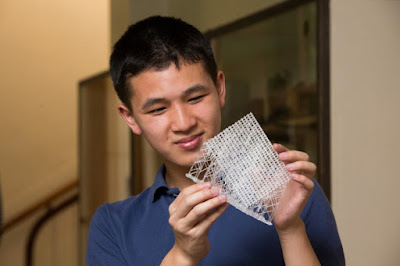Enter budding scientist Jonathan Chan, who has pioneered a piece of study in this field and succeeded in making it into the list of global finalists for the 2018-2019 Google Science Fair.
The Google Science Fair celebrates the next generation of scientists from around the world. Aiming to inspire teens to solve real-world problems with science, technology, engineering and math. The competition is run online, and open globally to 13-18 year old students to share their ideas with the world. Jonathan is one of 24 global finalists.
Like most young Kiwis participating in their annual science and technology fair, Jonthan developed his project in his final year of high school. He is currently studying Biochemistry at Oxford University in the United Kingdom.
Jonathan will now travel to Google’s head office in Mountain View, his first time travelling to the US, to participate in the final round of judging with the Google Science Fair team. This will culminate with an awards ceremony on 29th July to announce the Grand Prize winner.
Google Science Fair is supported by Scientific American, LEGO® Education, National Geographic, and Virgin Galactic.
More about Jonathan’s Project:
Fog collection is a method of atmospheric water collection used in less economically developed areas of the world located in high-altitude and arid environments. It involves the collision of fog droplets with a mesh, which then coalesce to form larger droplets that drain away and are collected. Certain organisms have directional water-collecting properties that would facilitate this process, such as the cribellate spider web and the cactus spine. Thus, this project aims to incorporate such biomimetic properties into reproducible, industrially applicable 3D-printed fog-collecting meshes and to investigate the fog-collecting efficiency of such meshes.
